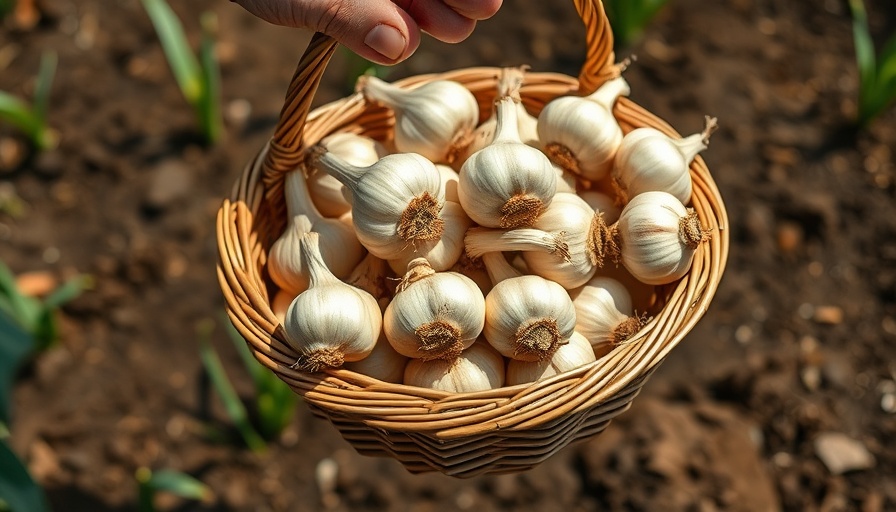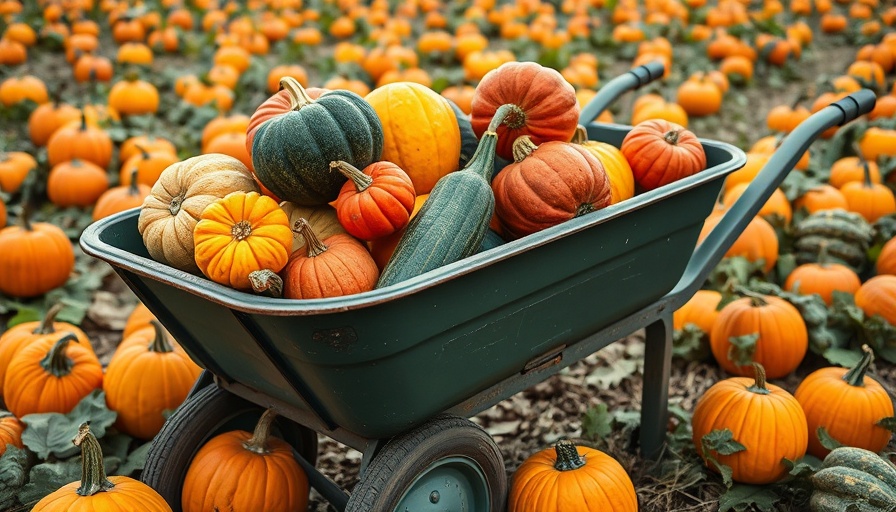
Can You Really Grow Garlic From Grocery Store Bulbs?
Many gardeners find themselves standing in the produce aisle, looking at the garlic bulbs and wondering, "If I can buy them, why not plant them?" The intriguing part about this question is how varied the results can be. You might have heard of successful attempts to grow garlic from grocery store bulbs, but it comes with a significant caveat: commercial garlic often undergoes treatments that prevent it from sprouting.
Understanding Plant Growth Inhibitors
Commercially available garlic is typically selected for its shelf life and storage robustness rather than its growing potential. For instance, many garlic bulbs are treated with growth inhibitors or irradiated, which can drastically reduce the chances of sprouting once they're planted. If you decide to experiment with grocery store garlic, opt for organic bulbs, as they are less likely to be treated with these growth-retardant chemicals.
The Benefits of Growing Garlic from Store-Bought Cloves
Despite the challenges, attempting to grow garlic from store-bought cloves can be a delightful gardening adventure. Not only is it a low-cost, fun experiment, but it also allows you to hone your gardening skills. While you should be aware of the factors influencing success—such as the specific variety and environmental conditions—growing garlic from the store can yield surprising results. Keep in mind that the garlic found in supermarkets is usually the softneck variety, which performs adequately in warmer USDA zones (7-10).
Choosing the Right Time to Plant
Timing is everything in gardening, and garlic is no exception. For regions experiencing colder winters, planting garlic in the fall—about 6-8 weeks before the ground freezes—is recommended. This helps the bulbs establish a robust root system. For those in milder climates, spring is the ideal season for planting garlic. Once you’ve decided when to plant, select firm bulbs for the best chance of success.
Preparing Your Soil
Prior to planting, it's vital to prepare the soil. Garlic thrives in well-draining, nutrient-rich soil. You may need to amend your garden bed with compost to ensure that it provides the necessary nutrients. Elevating the soil lightens it up for better drainage and also fosters beneficial microbial life—key factors for growing healthy garlic.
Planting Techniques: Best Practices
Once you have your bulbs ready, break them apart into individual cloves. Keep the papery skin intact around each clove. Plant these cloves 2 inches deep and about 4-6 inches apart with the pointed ends facing upwards. Water them well after planting, and consider adding a mulch layer to protect the soil moisture and ward off weeds.
Common Challenges and Solutions
Many gardeners face hurdles such as bulbs rotting or failing to sprout at all, often due to old or improperly stored garlic. If your cloves dissolve into mush rather than sprout, it's an indicator of low-quality bulbs. Make sure to monitor your watering schedule closely, ensuring not to overwater and suffocate your bulbs. A consistent watering routine is ideal to help support growth during the early months. Moreover, if you find yourself struggling, comparing strained garlic grown from grocery bulbs against local seed garlic could provide insight into your overall garden health and productivity.
Conclusion: Embrace the Gardening Adventure
While it’s always recommended to use certified seed garlic for guaranteed success, trying to grow garlic from grocery store cloves can still be a fun and rewarding endeavor. It’s a way to connect with nature, learn about the growing process, and truly appreciate the journey from planting to harvest. So why not embark on this gardening adventure? Remember to document your journey and share your experiences with fellow green thumbs!
 Add Row
Add Row  Add
Add 




Write A Comment